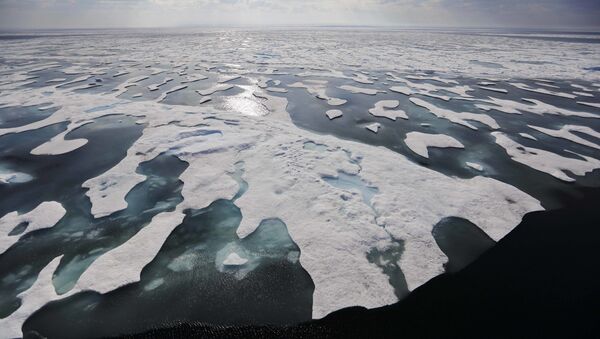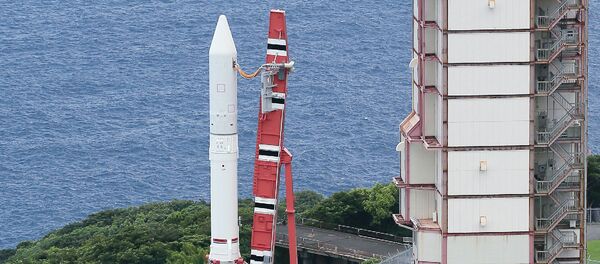"NASA’s Ice, Cloud and land Elevation Satellite-2, or ICESat-2, a mission to measure the changing height of Earth’s ice, is scheduled to launch Saturday, Sept. 15, with a 40-minute window opening at 5:46 am PDT (Pacific Daylight Time), NASA said on its blog on Friday.
The spacecraft will lift off from Space Launch Complex 2 at Vandenberg Air Force Base in California on the final launch of a United Launch Alliance Delta II rocket and the US Air Force is predicting a 100 percent chance of favorable weather for the launch, NASA said.
NASA has previously reported a 13.4-percent drop in Arctic ice this past decade due to global warming brought about by human-induced climate change.
READ MORE: ‘It Will Be Awful:’ Global Warming Could Soon Increase Heat Wave Deaths 2,000%
Due in part to shallow seas north of Siberia, the Northern Sea Route is increasingly free of ice beginning earlier in the season around mid-July and staying clear deeper into fall, or mid-October than other Arctic regions.


